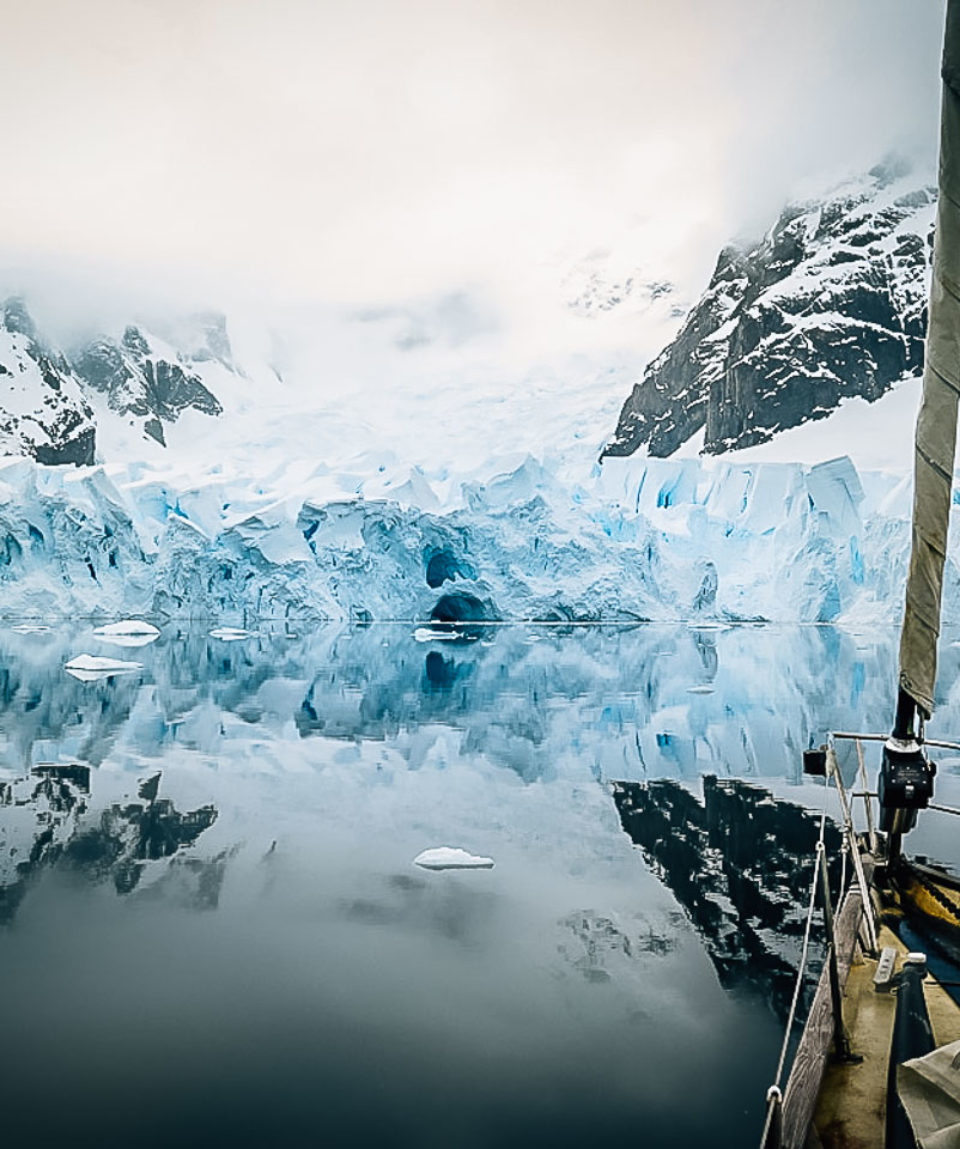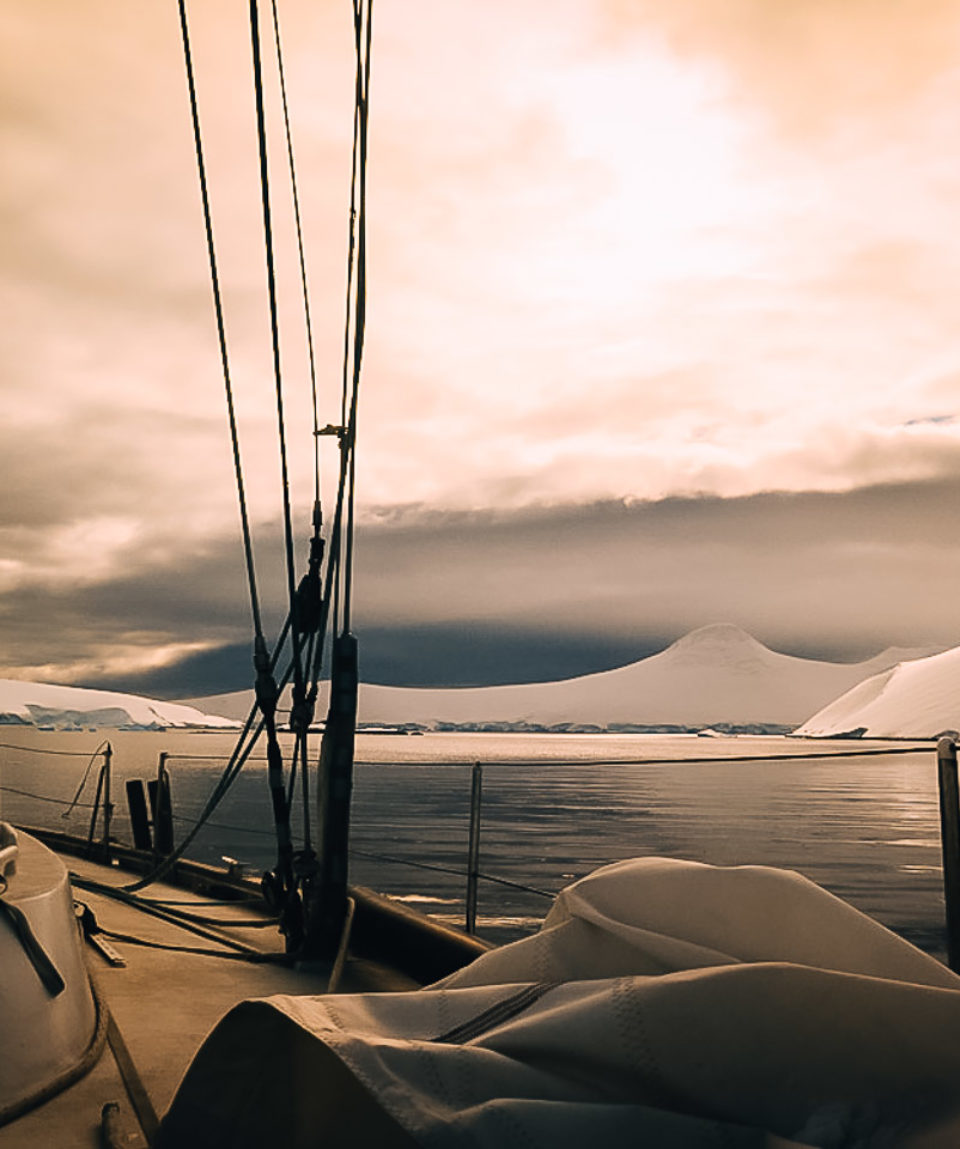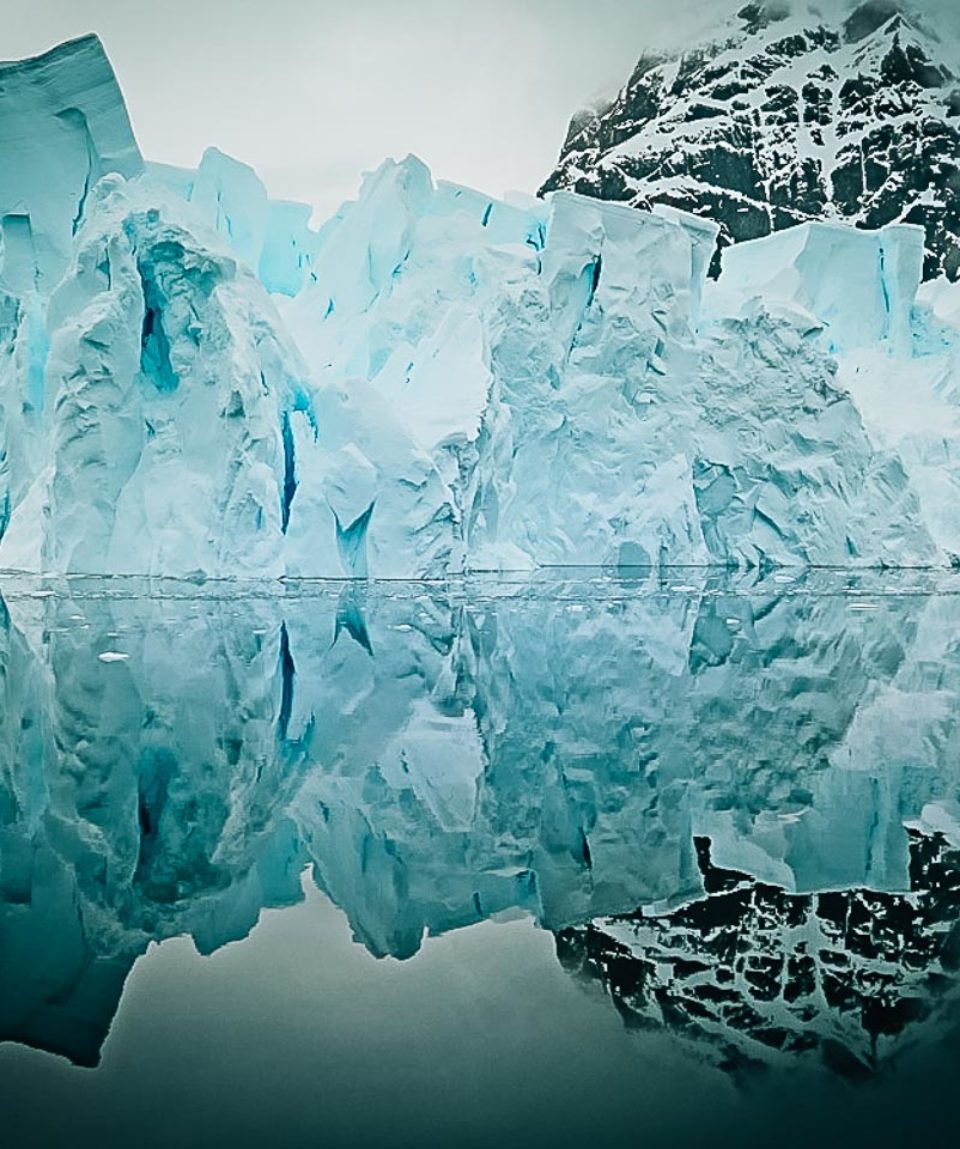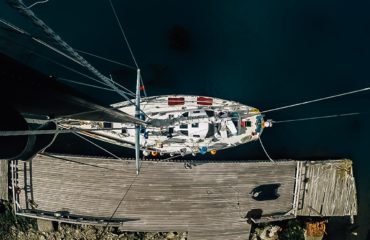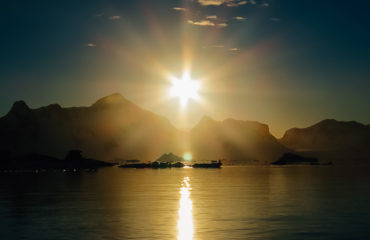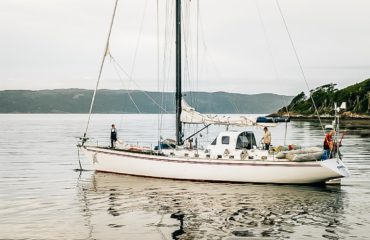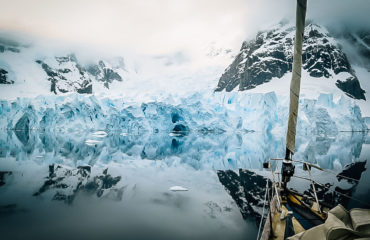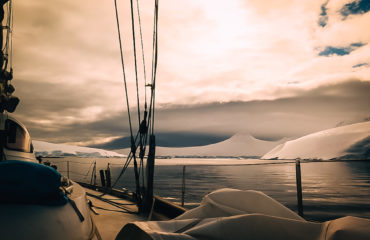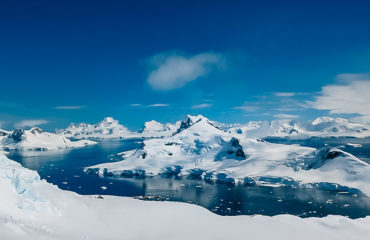Cape Horn and Patagonian Canals on a Sailboat
fromRelax on the yacht and enjoy the beauty of Cape Horn and the Patagonian Canals. Join us and explore Cape Horn and Patagonian Canals the way they are meant to be explored. Set out on an exceptional cruise in the Beagle Channel and the neighbouring regions. This route was made famous by Darwin and Fitzroy during HMS Beagle expeditions. We pass Cape Horn (about 3 to 5 days into the cruise) and then we go for beautiful trekking on Darwin Cordillera. Here we observe marine animals (penguins, albatrosses, seals, etc.) and beautiful plants. We can also fish in the region, depending on the season.
- Reviews 0 Reviews0/5
- Style Type
- Chile
- Expedition
- Sailing
- Secret Planet
-
- Level Fairly Easy
- Group Size Medium Group
Relax on the yacht and enjoy the beauty of Cape Horn and the Patagonian Canals. Join us and explore Cape Horn and Patagonian Canals the way they are meant to be explored. Set out on an exceptional cruise in the Beagle Channel and the neighbouring regions. This route was made famous by Darwin and Fitzroy during HMS Beagle expeditions. We pass Cape Horn (about 3 to 5 days into the cruise) and then we go for beautiful trekking on Darwin Cordillera. Here we observe marine animals (penguins, albatrosses, seals, etc.) and beautiful plants. We can also fish in the region, depending on the season.
Highlights of this trip are;
- Passage of the legendary Cape Horn
- Sailboat less than 20 meters
- Accompanied by a seasoned English skipper
- Chile travel adviceby GOV.UK on 13/06/2024 at 1:59 pm
Information that the Chilean National Service for Disaster Prevention and Response (SENAPRED) has issued a warning for heavy rain across several regions of Chile on 13 and 14 June (‘Safety and security’ page).
ACCOMMODATION
The yacht usually has 2 to 3 double cabins and a single cabin for the crew, plus a cabin for skippers (main and second). There are one to two bathrooms and / or shower room and toilets on board (do not forget that you are on a sailboat and need to use the water sparingly). You are welcomed aboard the sailboat a day before departure (evening of day 2) and can stay there until the day of departure scheduled for day 17.
MEAL
On the boat, meals are prepared by the crew, each having their specialities. We stock up till Ushuaia, where we find a wide variety of fresh produce, fruits, vegetables, meat and fish. We have a fishing net, so it is possible that we fish Centollas (giant sea spiders). If we are lucky enough to catch Centrollas, they would serve us as an authentic sea meal on the go. We always take care of the preparation of meals but the people on board can help us to prepare them and to put away at the end of the meals. Each box meal is of 35 euros and 490 euros has to be paid on the spot for 14 days. This allows us to prepare ourselves ahead of the trip.
No VISA is required. A valid passport with an expiry of more than 6 months at the time of arrival in the country
Two English-speaking crew members accompany you on this trip: the captain and his assistant. The captain is particularly experienced and has been sailing for a long time in the polar regions. His great experience in navigation is a pledge of confidence for you and he kept an intact passion for the polar regions. His assistant is often also experienced.
CLOTHING
- You need several layers to add or remove depending on the temperature and your activity.
- Waxed up and down (overalls)
- A waterproof and breathable Gore-Tex® jacket
- A waterproof and breathable over-pants Gore-Tex® type
- A thick fleece jacket
- A micro-fleece sweater or jacket, thinner
- Trekking trousers
- A Thermal Long Sleeve T-Shirts
- Technical and / or short-sleeved t-shirts (avoid cotton, long to dry)
- A pair of thermal tights
- A cap or balaclava fleece
- A scarf
- Shoes rather warm (in cotton, avoid synthetic and tennis socks that frequently produce bulbs)
- Hat, cap or headband to protect from the sun
- A pair of ski gloves, wool gloves and rubber construction gloves.
SHOES
- A pair of boots with 2 sizes in + to wear over-socks
- A pair of walking shoes, which you are used to (to avoid blisters) for hiking trails
- A pair of lighter shoes (tennis or deck shoes)
- A pair of warm slippers (charentaises) for the interior
- Pair of flip-flops, sandals or Crocs® for the bathroom
Please follow the link for the latest health advice.


